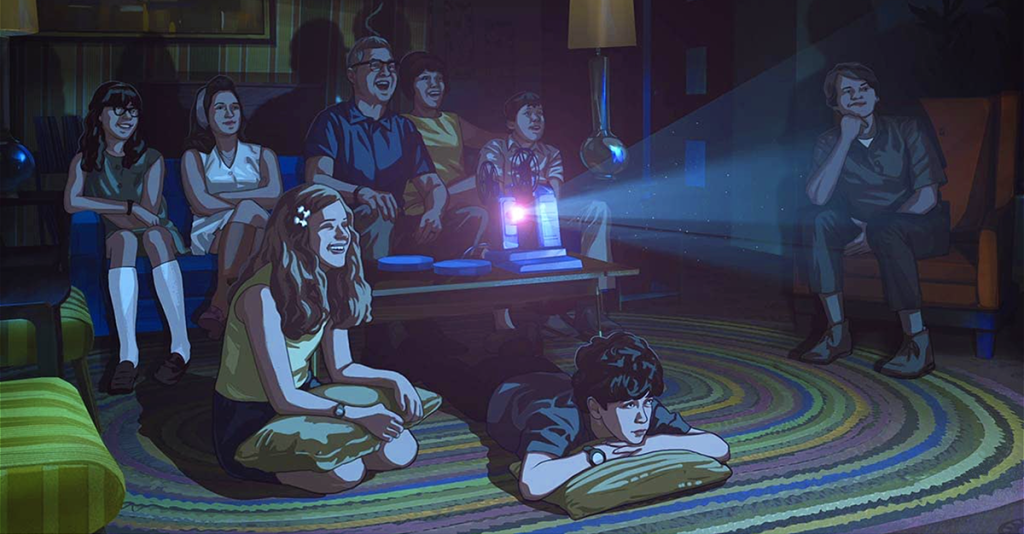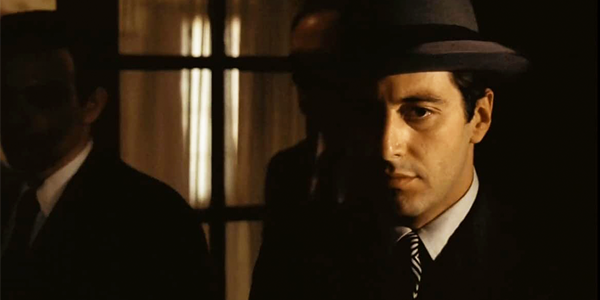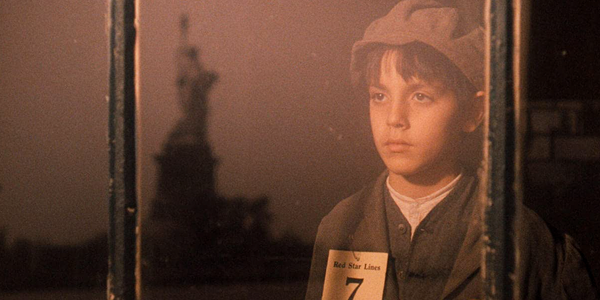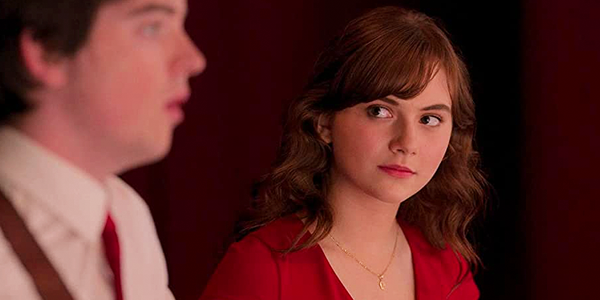recent reviews
Sign up for our monthly newsletter
to stay up to date on Cineluxe
Richard Linklater uses animation to tell this semi-autobiographical tale of growing up in Houston during the Apollo program
by Dennis Burger
April 7, 2022
There was a moment, maybe six minutes into Richard Linklater’s Apollo 10½: A Space Age Childhood, where I felt I’d been had. The film seemed to part ways not only with the premise sold to me in the trailer but also from the conceits built into the opening scenes. But I was wrong about that; I hadn’t been deceived. Instead, I’d been pulled into something far more compelling than anything hinted at by the film’s marketing—something that, quite frankly, I’m glad I didn’t have to figure out how to market.
To understand what I’m on about here, it might be helpful if you pause for a second and watch the trailer for Apollo 10½ (which we’ve embedded below for your convenience). But if you’re in more of a reading than a watching mood, here’s the gist: It’s the late ’60s, and NASA has a problem on its hands that can only be solved by a brainy fourth-grader. The first lunar lander has been built too small and they need this kid to do a trial run of the moon landing before the actual event.
It’s a cute premise for a fantasy film and exactly the sort of story I would trust Linklater to get right. But Apollo 10½ is not that film. That plot thread takes up nearly no more time in the actual narrative than it does in the trailer. Instead, the bulk of the story is a semi-autobiographical reminiscence about Linklater’s childhood in Houston during the Apollo era, with the young character Stan (and his adult self, voiced by Jack Black) serving as Linklater’s self-insert. It’s not exactly a love letter to a specific time and place, but more of a time capsule.
And it was that realization that made my heart sink a bit, because nostalgic romps of this sort have not only been done to death—in everything from the original Wonder Years to Netflix’ short-lived Everything Sucks!—but also often function as nothing more than cheap dopamine fixes on the one hand or circus sideshows on the other. But with Apollo 10½, Linklater manages to do nostalgia right by never leaning too hard on lazy revisionism or rose-colored glasses. It seems to me that what he’s trying to say is, “This is, to the best of my memory, what it felt like to live in the world I grew up in. These are the experiences that shaped me. But keep in mind that memory is fallible and storytellers always have a penchant for spit and polish.”
Perhaps my favorite thing about the film is that, with a runtime of just 98 minutes, it feels deliberately and perfectly paced. And this is despite the fact that it occasionally lapses into seemingly meaningless digressions, such as the two minutes spent exploring meal planning and the ways in which Stan’s mom would recycle Saturday’s baked ham into the rest of the week’s leftovers.
It takes a bit to realize that such episodes aren’t digressions, though, but the entire point of the film. Because more than anything else, Apollo 10½ is about the weird little details of our youth that stick with us into middle age and beyond. It’s also about what it feels like to live through a moment in history and how our recollections are colored as much by cultural perspective as by actual events.
Apollo 10½ is the third film Linklater has shot live-action and then animated over, following A Scanner Darkly and Waking Life. Creatively speaking, the use of rotoscoping here is at least as legitimate as it was in those films, and in some ways more so. Much of this one involves people watching screens—either cinema screens or the communal family-room TV—and different animation techniques are employed to make subtle distinctions between fantasy and history within the context of this fantastically historical film.
It also serves as a subconscious reminder that engaging with a moving image isn’t the same as engaging with reality, even if what’s being shown on the screen is ostensibly non-fiction. But then there’s also this really neat unspoken rumination on the allure of speculative fiction and popular culture and how it can all feel more meaningful in the moment than a straightforward account of actual fact.
Whether the animation works for you or not as a narrative device, there’s no denying that Netflix’ Dolby Vision presentation is flawless, even when the animation itself isn’t. There isn’t an expansive color palette to capture here, but shadow detail is always fantastic (and occasionally crucial to the experience of the story), and the imagery is clean, tight, crisp, and well-detailed throughout. I didn’t spot a single artifact in the presentation that could be attributed to its streaming bitrates.
It’s a shame I don’t have such glowing praise for the Dolby Atmos soundtrack. It’s honestly the one aspect of Apollo 10½ about which I’m not absolutely gaga. Music and sound effects are so aggressively mixed and fire-hosed over every surface of the room that it’s frankly distracting. Jack Black’s narration also gets deprioritized in the mix far too often at the expense of aural whizz-bangery that just doesn’t fit the film’s aesthetic, mood, or intent. And the 5.1 mix isn’t much less abusive.
On my second watch-through (I couldn’t resist going back for seconds), I decided to downmix the 5.1 to stereo, and the entire film worked much better. But don’t let my curmudgeonly attitudes toward Atmos scare you off. It’s a minor annoyance that frankly wouldn’t have bothered me nearly as much if the rest of the experience hadn’t been so wonderfully gratifying. If we make it to the end of 2022 without Apollo 10½ standing high on my list of the year’s best films, I’ll be shocked.
Dennis Burger is an avid Star Wars scholar, Tolkien fanatic, and Corvette enthusiast who somehow also manages to find time for technological passions including high-end audio, home automation, and video gaming. He lives in the armpit of Alabama with his wife Bethany and their four-legged child Bruno, a 75-pound American Staffordshire Terrier who thinks he’s a Pomeranian.
PICTURE | Netflix’ Dolby Vision presentation is flawless, even when the animation itself isn’t. Shadow detail is always fantastic and the imagery is clean, tight, crisp, and well-detailed throughout.
SOUND | The music and sound effects are so aggressively mixed and fire-hosed over every surface of the room that the Atmos track is ultimately distracting
© 2023 Cineluxe LLC






